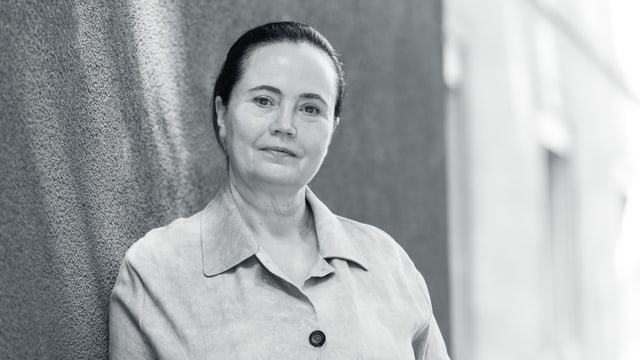Contents
A new book shows that the sounds babies make in their first months follow a certain system – and the learning progress can be measured.
Kathleen Wermke had sound recordings made when her daughter was born. Her husband made these in the delivery room for research purposes.
In her new book, she describes the findings that she has since collected in over 40 years of research. Noticeable: Newborns cry differently depending on their mother tongue. According to Wermke, babies listen to the melody of their mother tongue for months in the womb and try to imitate it from day one.
Differences on the first day
Babies whose mothers speak German cry comparatively easily in their first days of life. They often cry with a simple melody: a long note that descends. French babies, on the other hand, tend to prefer a rising pitch.
According to Kathleen Wermke, this is where the difference between native languages becomes apparent. In French the pitch often rises towards the end of the sentence, in German the pitch tends to fall. These different speech melodies seem to shape the later crying of newborns in the womb.
Babies also have an impact on native languages with more complex melodies. German, French and English are comparatively less melodious. Accordingly, the babies cry at the beginning with very simple melodies.
This is different with so-called tonal accent languages, such as Japanese and Swedish. These languages are more melodious. Certain syllables in a word are spoken with a specific change in pitch.
In fact, Swedish and Japanese newborns tend to use more complex melodies right from the start, with the pitch going up and down several times.
From simple to complex
Depending on the language in the environment, newborns start at different points. And yet things go in the same direction, says Kathleen Wermke: “All babies in the world go through the development from simple to increasingly complex melodies.”
The more complex the melody, the more parents can be happy, says Kathleen Wermke. Because this is how development can be measured. If a baby cries 55 percent of the time at two and a half months with complex melodies, it is on the right track.
Happy trying it out
Over time, babies begin to rhythmize their crying – for example by taking breaks. The first consonants are added later. After a few months the first syllables appear.
During this time, babies practice using their entire vocal organ – tongue, lips, jaw, larynx. They try everything and are happy with themselves, says Wermke: “To understand that this is me, that I can do this, is an indescribable joy for the babies.”
Until the first word
The step to the first word is still big. Babies only learn over time that certain sounds can contain abstract messages, for example when their environment repeatedly reacts the same way to a certain sound.
Kathleen Wermke still touches on prelinguistic development in every baby she takes in. Pictures of the subjects she studies hang in her office. She doesn’t have a favorite: “Everyone has taught me to show humility and to notice what a performance they achieve.” She regrets not being able to research it for another 40 years.
